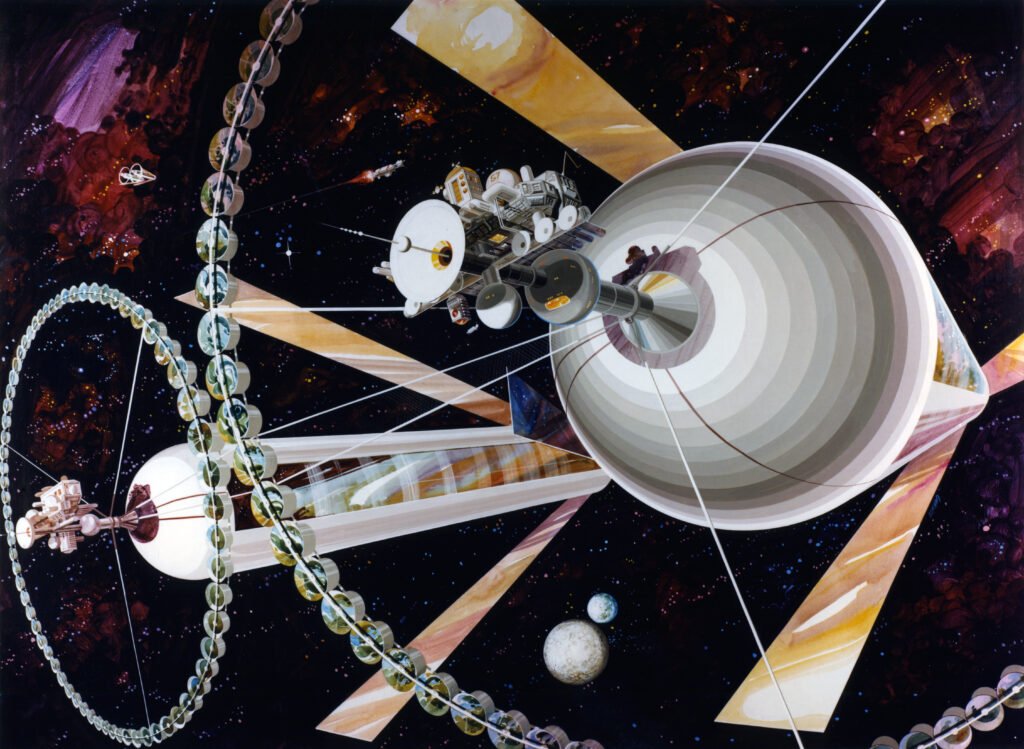Imagine a world where the air thrums with the soft flutter of wings and the ground trembles under the steps of a creature no one alive has ever seen. This world, both familiar and lost, links the humble pigeon you see in city parks to the legendary, extinct dodo. At first glance, it seems impossible. How could the everyday pigeon, so common and adaptable, be related to the dodo, a bird that vanished centuries ago? The answer lies in their DNA—a surprising, mysterious connection that not only bridges millions of years but also reveals the wonder and fragility of life itself. Their shared story is one of survival, tragedy, and unexpected kinship, reminding us that the past is never as far away as it seems.
The Dodo: The Icon of Extinction
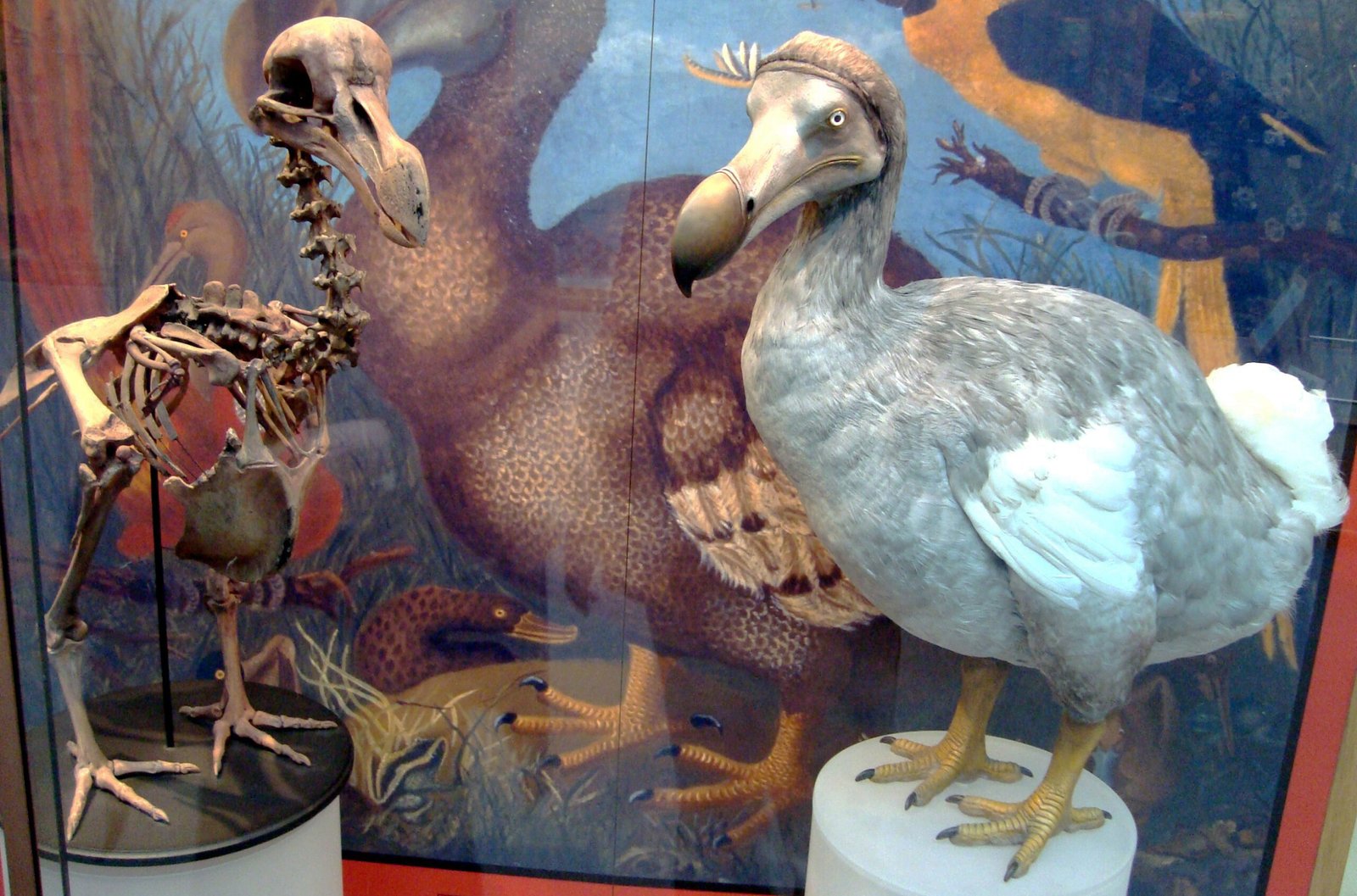
The dodo is perhaps the most famous symbol of extinction. Native to the island of Mauritius in the Indian Ocean, this large, flightless bird has captured the imagination of generations. It stood about three feet tall, with stubby wings, a comically curved beak, and a round body that made it look almost cartoonish. When humans first set foot on Mauritius in the late 16th century, the dodo had no natural predators and had never learned to fear humans. Within less than a century, the arrival of people—and the animals they brought—spelled doom for the dodo. By the late 1600s, the last dodo was gone, leaving behind only bones, a few descriptions, and a legacy of loss that scientists and artists continue to explore today. The dodo’s story is a stark reminder of how quickly unique species can vanish when faced with new threats.
Pigeons: The Remarkable Survivors
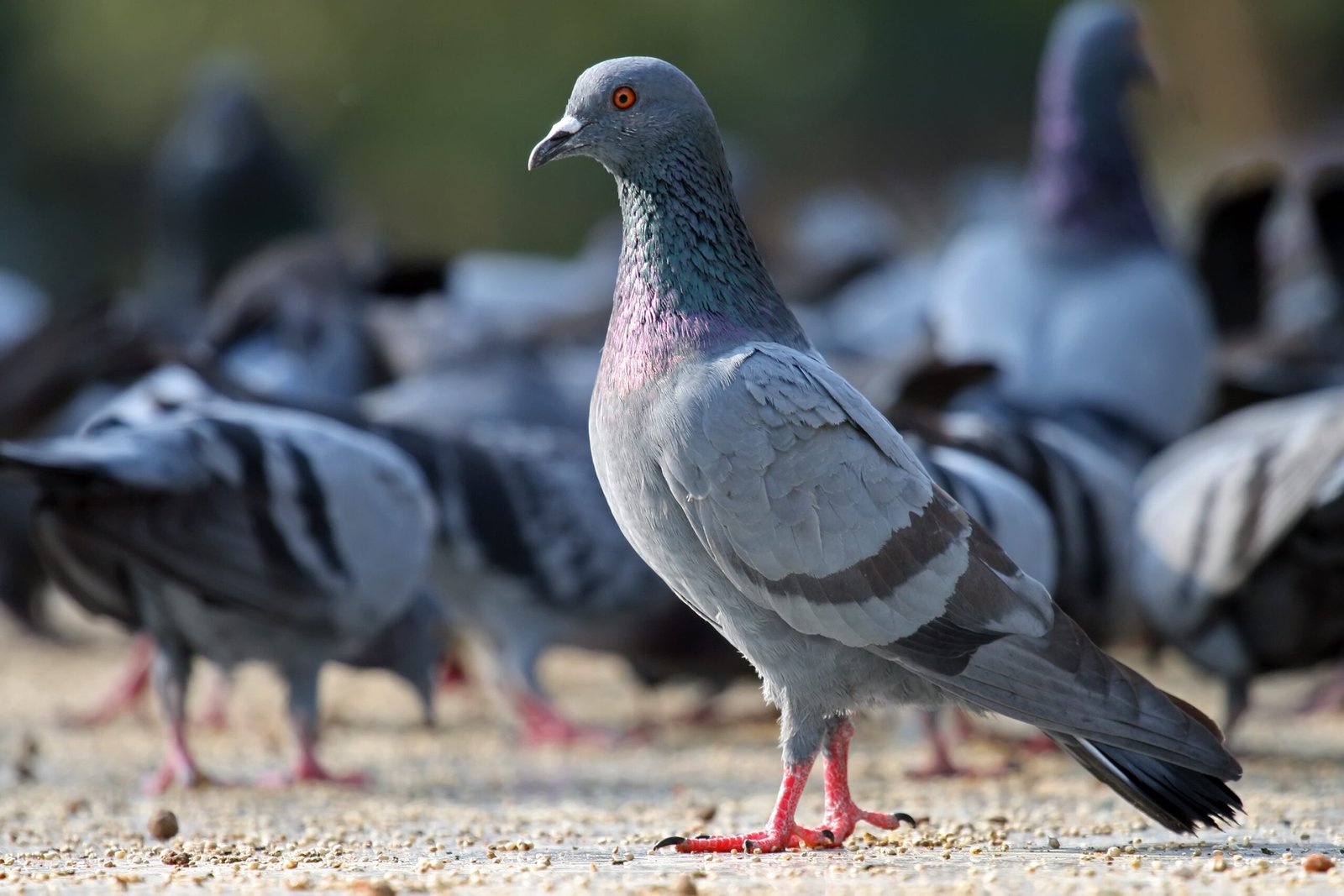
In contrast to the extinct dodo, pigeons are everywhere. From bustling city squares to quiet countryside barns, pigeons have adapted to nearly every environment on Earth. These birds are renowned for their intelligence, homing ability, and resilience. Some species, like the rock pigeon, have traveled the world alongside humans, thriving in urban jungles and rural fields alike. Their cooing calls and iridescent feathers are familiar sights in countless cultures. Pigeons have even served humanity as messengers in times of war, carrying critical information across dangerous battlefields. Their survival is a testament to their adaptability and resourcefulness, which has allowed them to flourish while so many other birds, including the dodo, have faded into history.
Unlikely Relatives: Revealing the Genetic Link
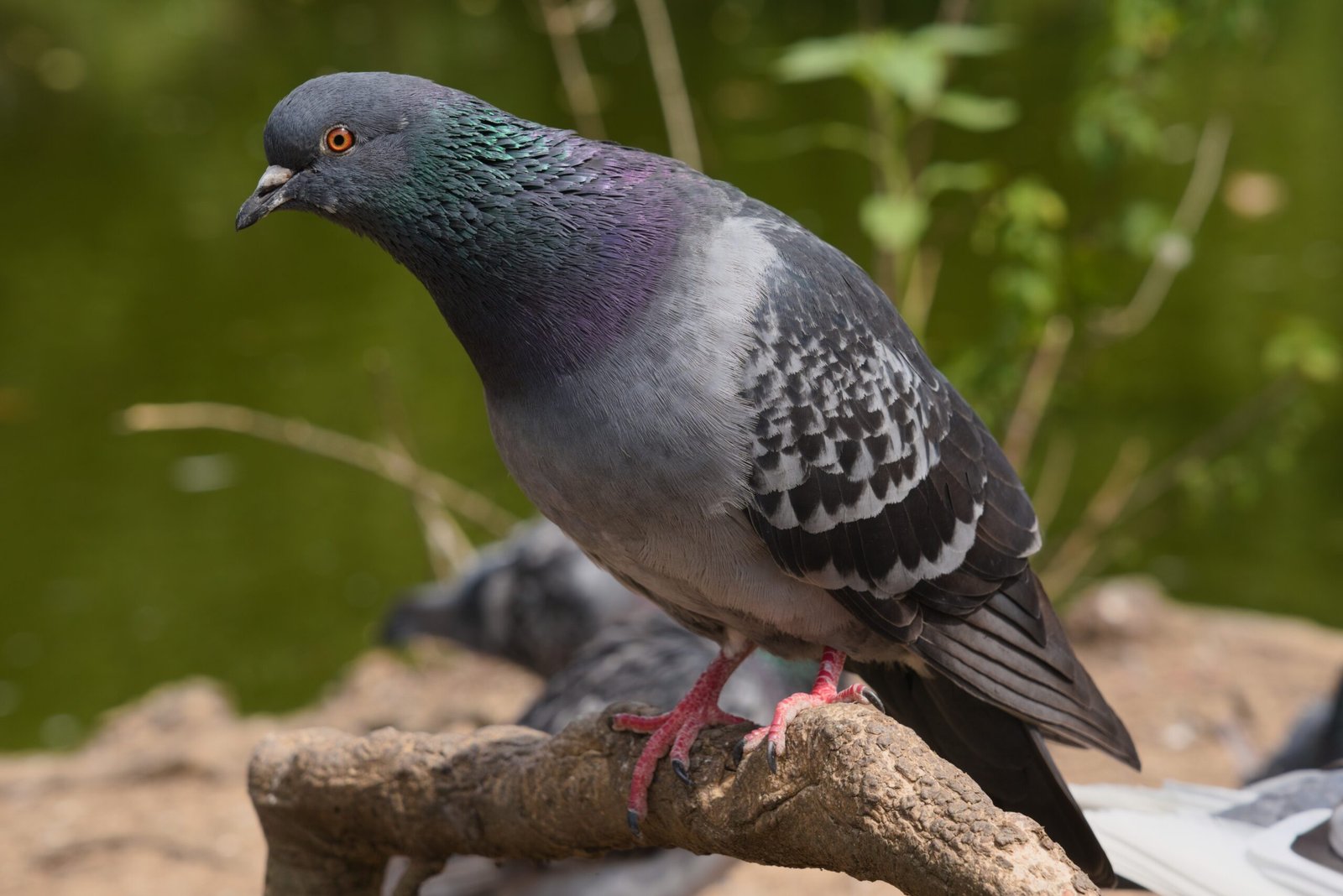
It might surprise you to learn that pigeons and dodos are more than just distant cousins—they’re close relatives on the evolutionary tree. For centuries, scientists puzzled over the dodo’s origins, debating whether it was related to ostriches, vultures, or other tropical birds. Only with the advent of modern genetic analysis did the truth emerge. By extracting DNA from preserved dodo bones and comparing it to living species, researchers discovered that pigeons are the dodo’s closest living relatives. The Nicobar pigeon, in particular, shares striking genetic similarities with the extinct bird. This revelation has rewritten textbooks and deepened our understanding of how species evolve, adapt, and sometimes disappear.
Evolutionary Journeys: Islands of Change
The story of pigeons and dodos is a tale shaped by islands. Islands are natural laboratories of evolution, where animals adapt in surprising ways to isolated environments. The ancestor of the dodo likely flew to Mauritius millions of years ago, finding a land free of predators but rich in food. Over generations, these birds lost the ability to fly, becoming larger and more grounded. Meanwhile, other pigeon species remained agile fliers, spreading across continents and adapting to diverse habitats. This divergence—one branch leading to survival, the other to extinction—shows how evolution can take radically different paths depending on circumstances. The dodo’s fate was sealed by its island home, while pigeons’ adaptability gave them a ticket to global success.
What Makes a Dodo a Dodo?
While pigeons are sleek and swift, the dodo was a true oddball. Its chubby body, large hooked beak, and stubby wings were perfectly suited to a life without predators. The dodo didn’t need to run or fly—it feasted on fruits and seeds, waddling through the forests of Mauritius at its own pace. Scientists believe the dodo’s appearance was the result of “island gigantism,” a phenomenon where animals on islands often become larger and lose unnecessary traits, like flight. This made the dodo a specialist, thriving in its niche until humans and introduced animals—like rats, pigs, and monkeys—upended the delicate balance. The dodo’s unique features are a striking example of evolution’s creativity, but also its vulnerability.
Pigeons: Masters of Adaptation
Pigeons have survived and thrived because of their adaptability. Unlike the dodo, they didn’t specialize too much. Instead, pigeons can eat a wide variety of foods, build nests in almost any location, and learn new behaviors quickly. Urban pigeons have learned to dodge traffic, find scraps of food in the unlikeliest places, and even ride trains in some bustling cities. Their strong homing instinct has made them invaluable to humans, who have bred them for speed, beauty, and intelligence over centuries. This flexibility is the secret to the pigeon’s ongoing success, demonstrating how versatility can be a powerful evolutionary tool.
Scientific Sleuthing: The Power of Ancient DNA
Unlocking the dodo’s genetic secrets was no easy task. The tropical climate of Mauritius is harsh on bones, and only a few dodo remains survived the centuries. Using advanced techniques, scientists extracted tiny fragments of DNA from these remains and pieced them together like a puzzle. When compared to the DNA of modern birds, the close relationship between dodos and pigeons became crystal clear. This breakthrough has not only solved an age-old mystery but also shown how ancient DNA can illuminate the hidden connections among species. It’s a bit like discovering a long-lost branch of your family tree, changing how you see your own story.
Lessons from Extinction: What the Dodo Teaches Us
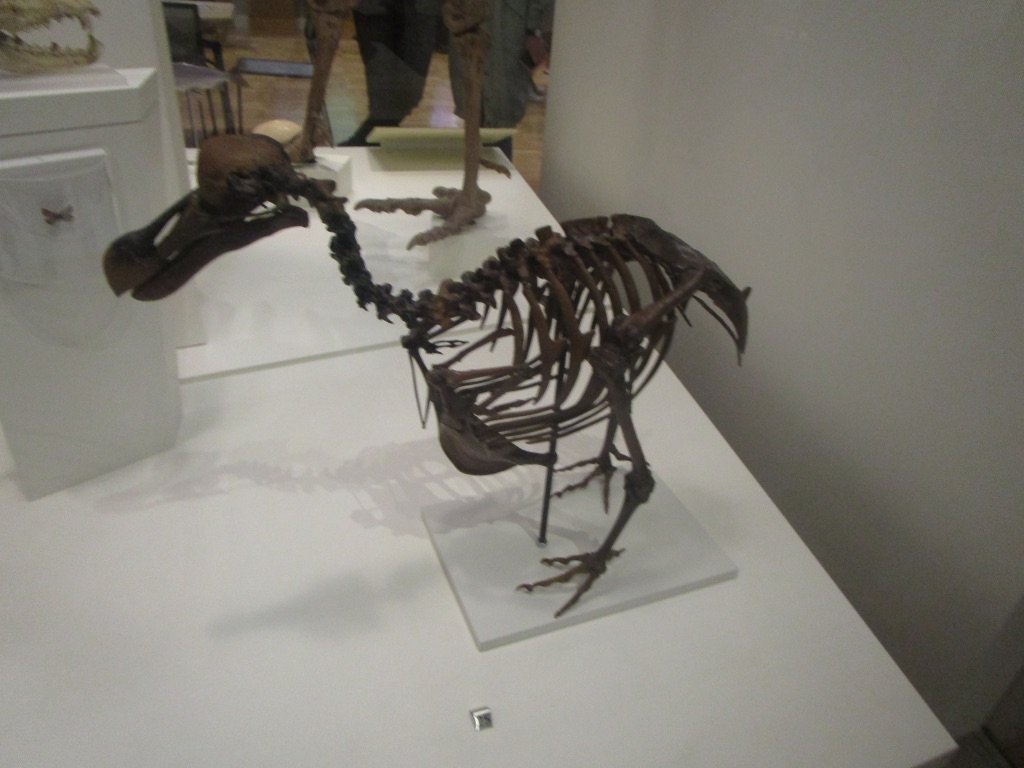
The fate of the dodo is a cautionary tale. Its extinction was driven by human activity—hunting, habitat destruction, and the introduction of invasive species. The dodo had no defenses against these rapid changes, and its story is a powerful reminder of how fragile ecosystems can be. Today, many species face similar threats, from rainforest birds to coral reef fish. The dodo’s lesson is clear: protecting biodiversity is not just about saving exotic animals, but about understanding and respecting the delicate webs that connect all life on Earth. By learning from the past, we can make better choices for the future.
Pigeons in Science and Culture
Pigeons have played surprising roles in science and culture. Charles Darwin studied pigeons to understand how traits are inherited, helping him develop his theory of evolution. In many societies, pigeons are seen as symbols of peace, love, and resilience. Their role as wartime messengers earned them medals and honor, showing that even the most ordinary creatures can have a profound impact. Pigeons have also inspired artists and writers, appearing in countless stories, paintings, and legends. Their legacy is woven into our own, a reminder that the most familiar animals can hold the greatest mysteries.
Conservation: Saving Today’s Dodos
The dodo’s disappearance was a wake-up call, but it’s not too late to save other endangered species. Conservationists are working to protect the dodo’s relatives, like the Nicobar pigeon and other island birds, from the same fate. This involves safeguarding habitats, controlling invasive species, and educating people about the importance of biodiversity. Every effort counts, from planting native trees to supporting wildlife organizations. The story of the dodo and the pigeon inspires hope—showing that while extinction is forever, action today can preserve life for generations to come.
DNA: The Invisible Thread Uniting Past and Present
DNA is the invisible thread that ties pigeons and dodos together. It carries the secrets of their shared ancestry and the directions for building every feather, beak, and bone. Through DNA, scientists can peer back in time, tracing how species evolved and diverged. It’s a powerful reminder that all life is connected, and that the past lives on within the present. The genetic link between pigeons and dodos is more than a curiosity—it’s a symbol of unity across time, showing that even the most unlikely relatives can share a common story.
The dodo’s extinction and the pigeon’s survival are two sides of the same coin, bound by DNA and shaped by the choices of nature and humanity. Their intertwined history is a call to wonder, a reason to protect, and a reminder that the story of life is full of surprises. Would you have ever guessed that a bird seen every day in city streets carries the legacy of a long-lost giant?



